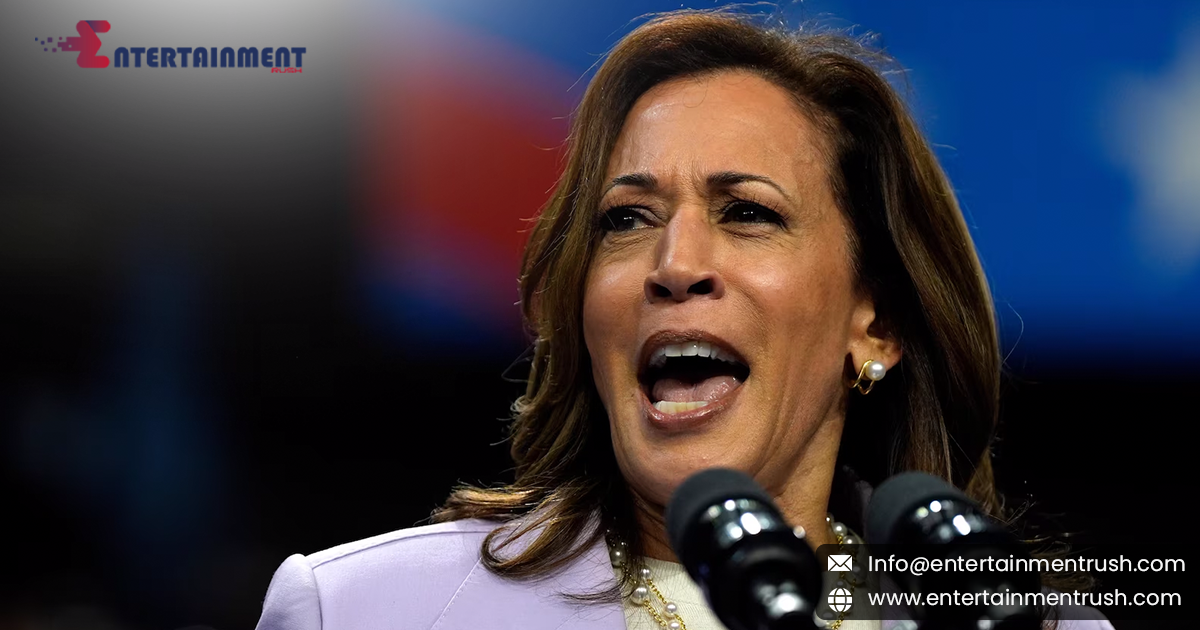In response to growing concerns about rising food costs, Vice President Kamala Harris has set her sights on combating grocery ‘price gouging.’ This initiative aims to address the perception that some retailers exploit crises to impose unfairly high prices on essential goods. But what does the evidence reveal about the effectiveness and impact of such measures?
Understanding Grocery ‘Price Gouging’
Price gouging refers to the practice of significantly increasing prices on essential goods and services during emergencies or periods of heightened demand. In the context of groceries, this often involves sharp price hikes on staple items like bread, milk, and meat, which can disproportionately affect low-income households and those facing financial hardships.
Harris’s proposal seeks to establish stricter regulations and enforcement mechanisms to prevent these practices. The goal is to protect consumers from exploitative pricing and ensure that essential goods remain affordable, particularly during emergencies such as natural disasters or economic downturns.
The Evidence on Price Gouging and Regulation
To evaluate the potential effectiveness of Harris’s proposed ban on grocery ‘price gouging,’ it’s essential to consider the existing evidence and historical context surrounding price gouging and regulatory measures.
Impact on Prices and Supply:
Evidence from past instances of price gouging regulations suggests mixed outcomes. In some cases, price controls can help stabilize prices and make essential goods more affordable during crises. However, there is also evidence that such measures can lead to unintended consequences, such as reduced supply or shortages. Retailers may be discouraged from stocking essential goods if they cannot cover their costs, leading to lower availability of products.
Consumer Protection:
Regulations aimed at preventing price gouging can enhance consumer protection and provide relief during emergencies. Studies have shown that clear and enforceable anti-gouging laws can help prevent price spikes and ensure that consumers are not taken advantage of. Such measures can also increase public trust in the regulatory system and its ability to respond to emergencies.
Enforcement Challenges:
One of the significant challenges associated with price gouging regulations is enforcement. Detecting and proving instances of gouging requires robust monitoring and investigative efforts. Regulatory agencies must balance the need for oversight with the practicalities of monitoring a vast and varied market. Effective enforcement also depends on the clarity of regulations and the ability to impose penalties on violators.
Economic Considerations:
Economists often debate the broader economic implications of price gouging laws. While these laws aim to protect consumers, they can also influence market dynamics. For example, price controls might lead to distortions in supply and demand, impacting both consumers and businesses. Understanding these economic impacts is crucial for designing policies that achieve the intended objectives without adverse side effects.
What Does the Evidence Reveal?
The evidence on grocery ‘price gouging’ and the effectiveness of regulatory measures indicates that while bans can offer significant consumer protection, they are not a panacea. Harris’s aim to ban price gouging reflects a commitment to safeguarding consumers, but successful implementation will depend on several factors:
Clear Regulations:
Effective anti-gouging laws need to be well-defined, providing clear criteria for what constitutes price gouging and setting appropriate penalties for violations.
Robust Enforcement:
Ensuring that regulations are enforced requires resources and expertise. Agencies must be equipped to monitor prices, investigate complaints, and take action against violators.
Balancing Supply and Demand:
Policymakers must consider the potential impact on supply chains and market dynamics. Measures should be designed to prevent gouging while minimizing disruptions to the availability of essential goods.
As Kamala Harris aims to ban grocery ‘price gouging,’ the evidence reveals both the potential benefits and challenges of such an initiative. While regulating prices during crises can protect consumers and enhance fairness, it also requires careful consideration of enforcement, economic impacts, and market dynamics. The success of this effort will depend on how effectively it addresses these complexities and balances the needs of consumers and businesses alike.
In the end, the goal of preventing price gouging is to ensure that essential goods remain accessible and affordable during times of need. By understanding the evidence and implementing thoughtful policies, it is possible to achieve this objective while navigating the inherent challenges of regulating market practices.




Leave feedback about this